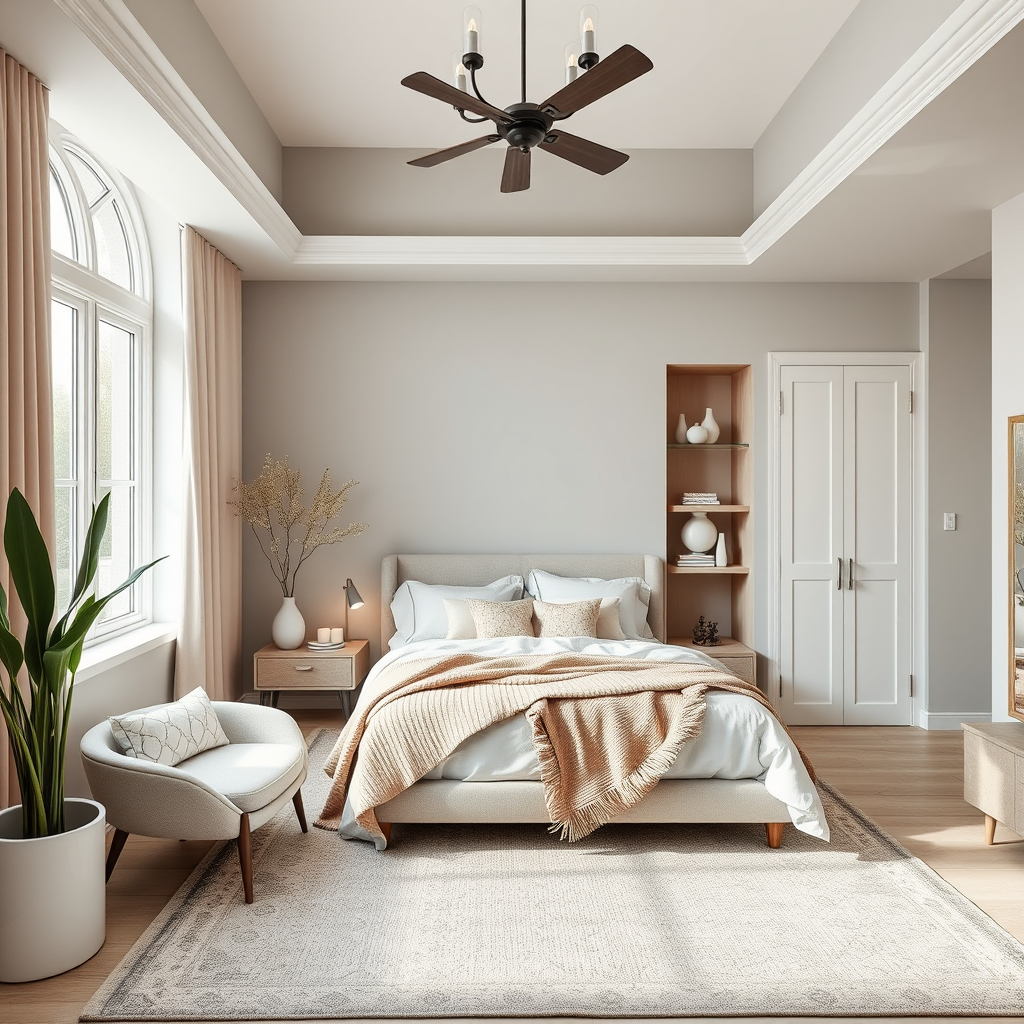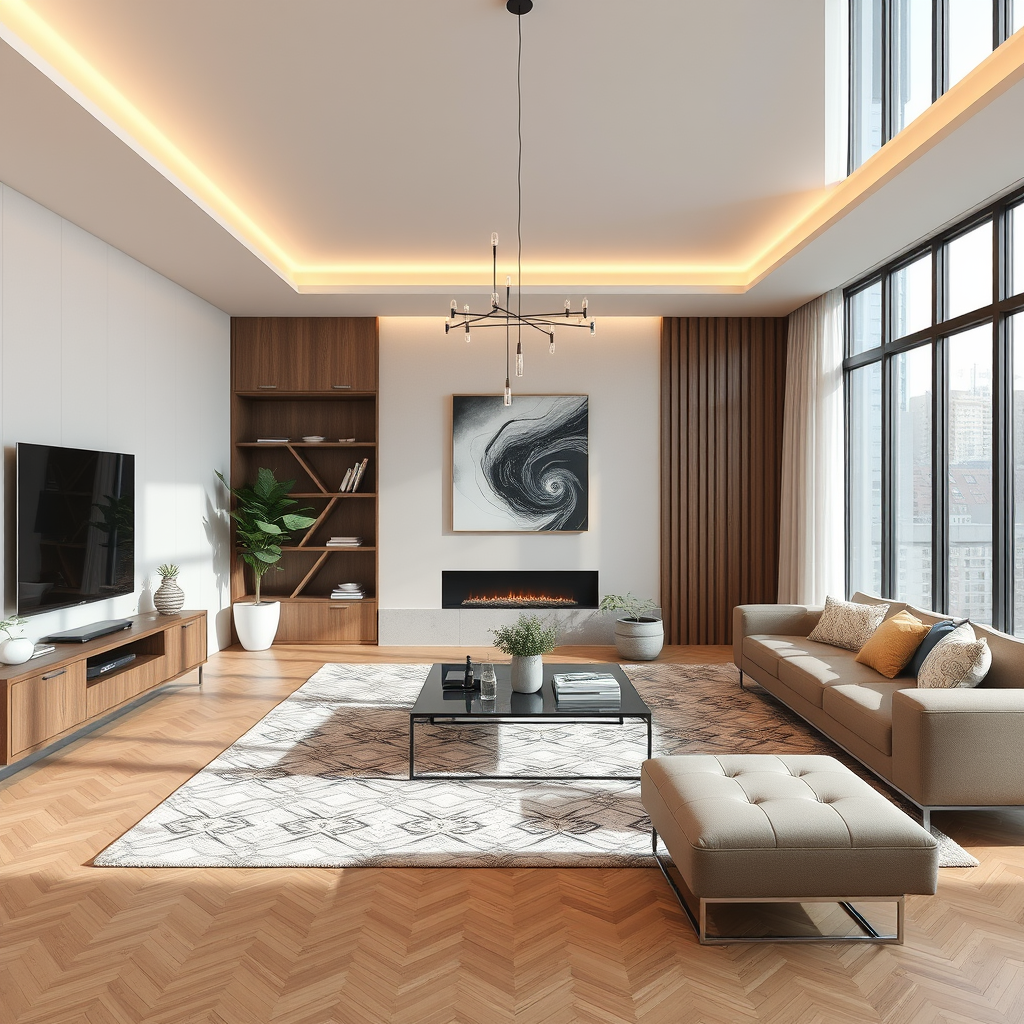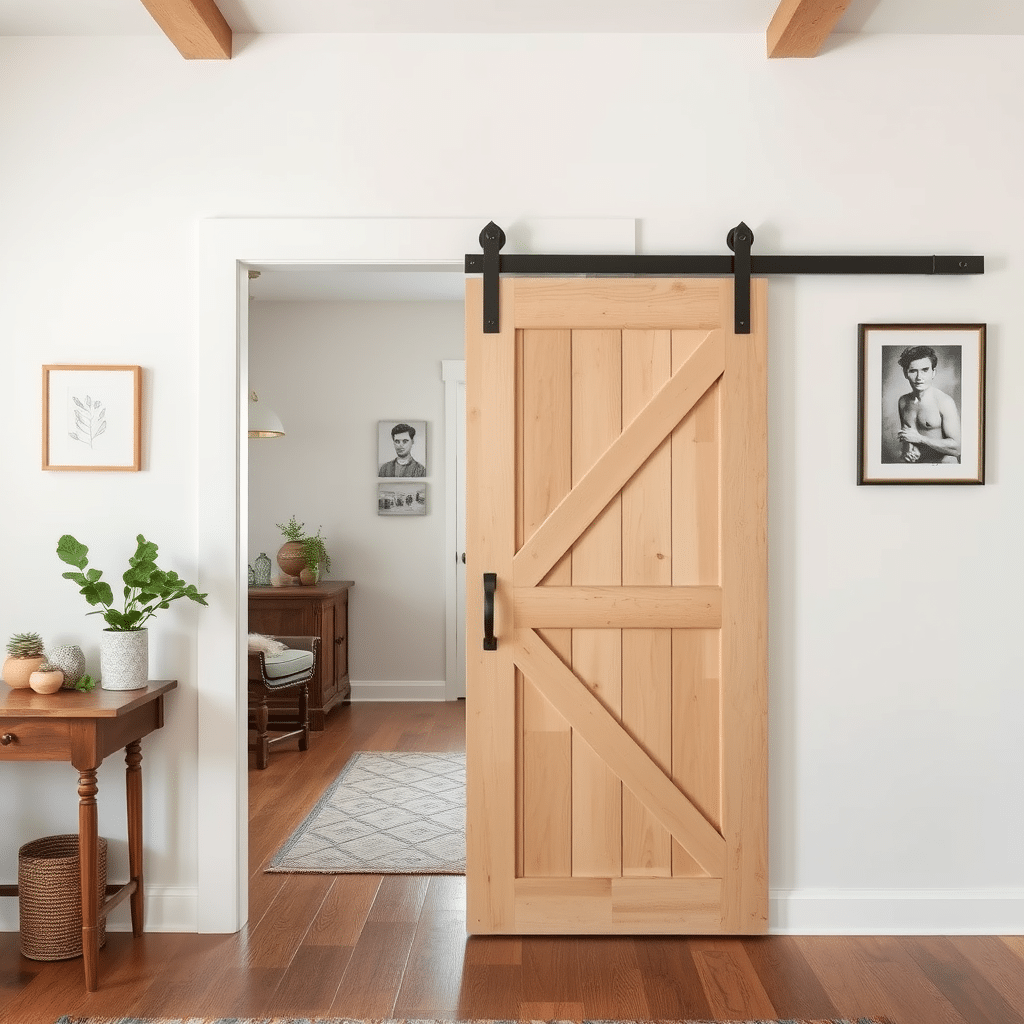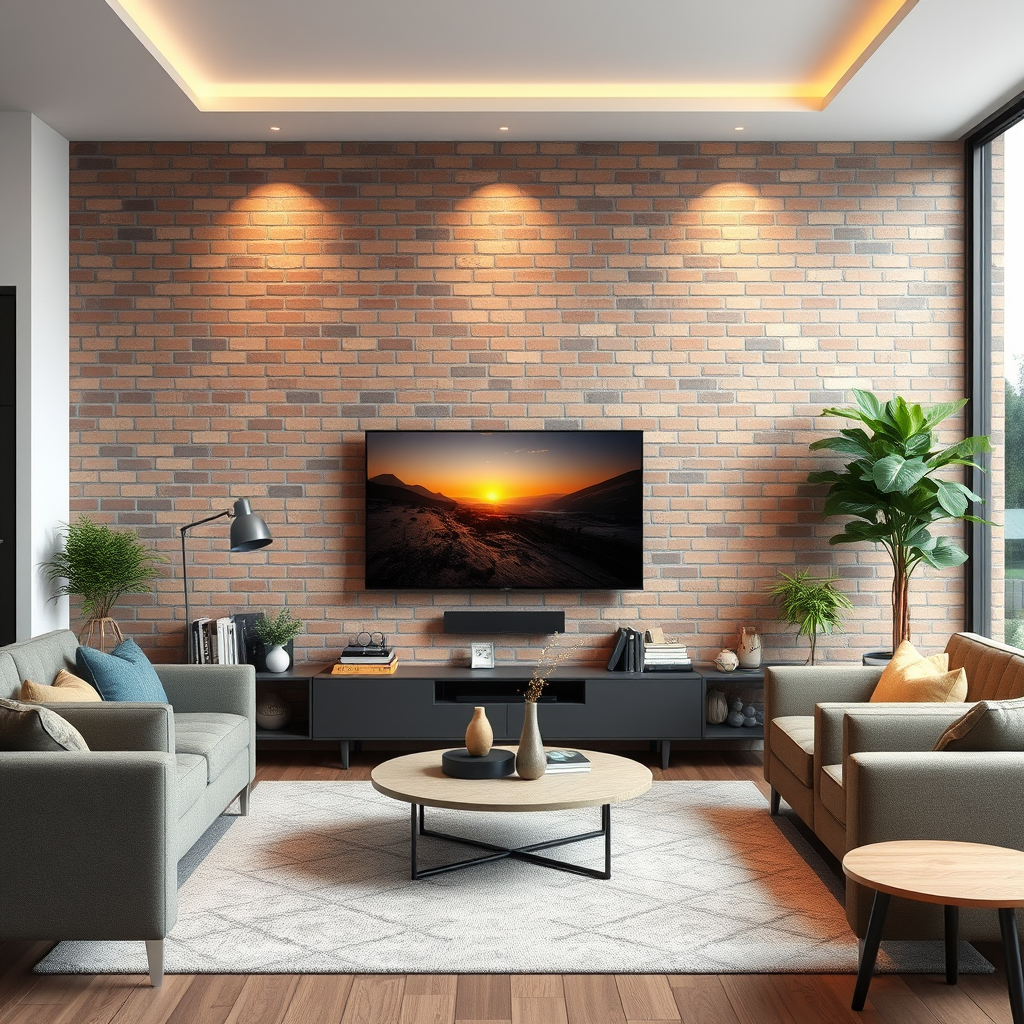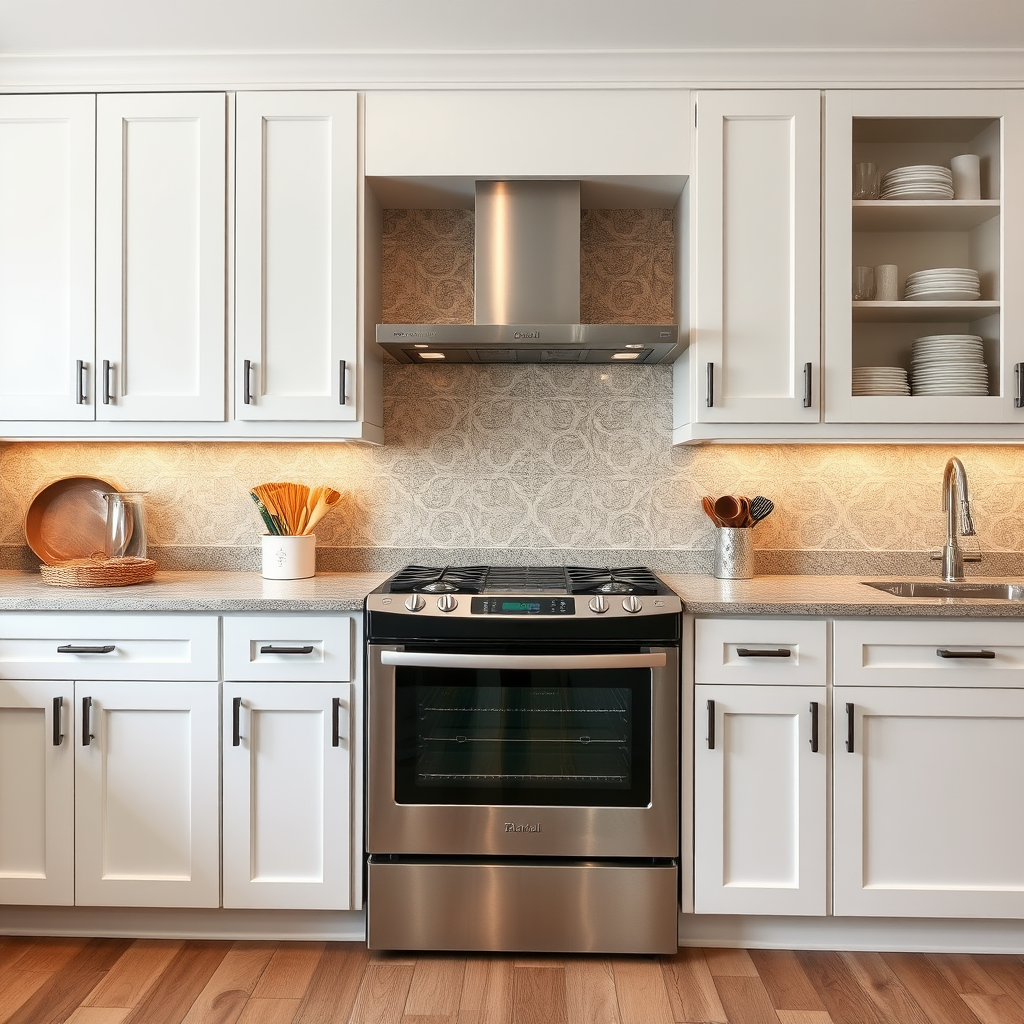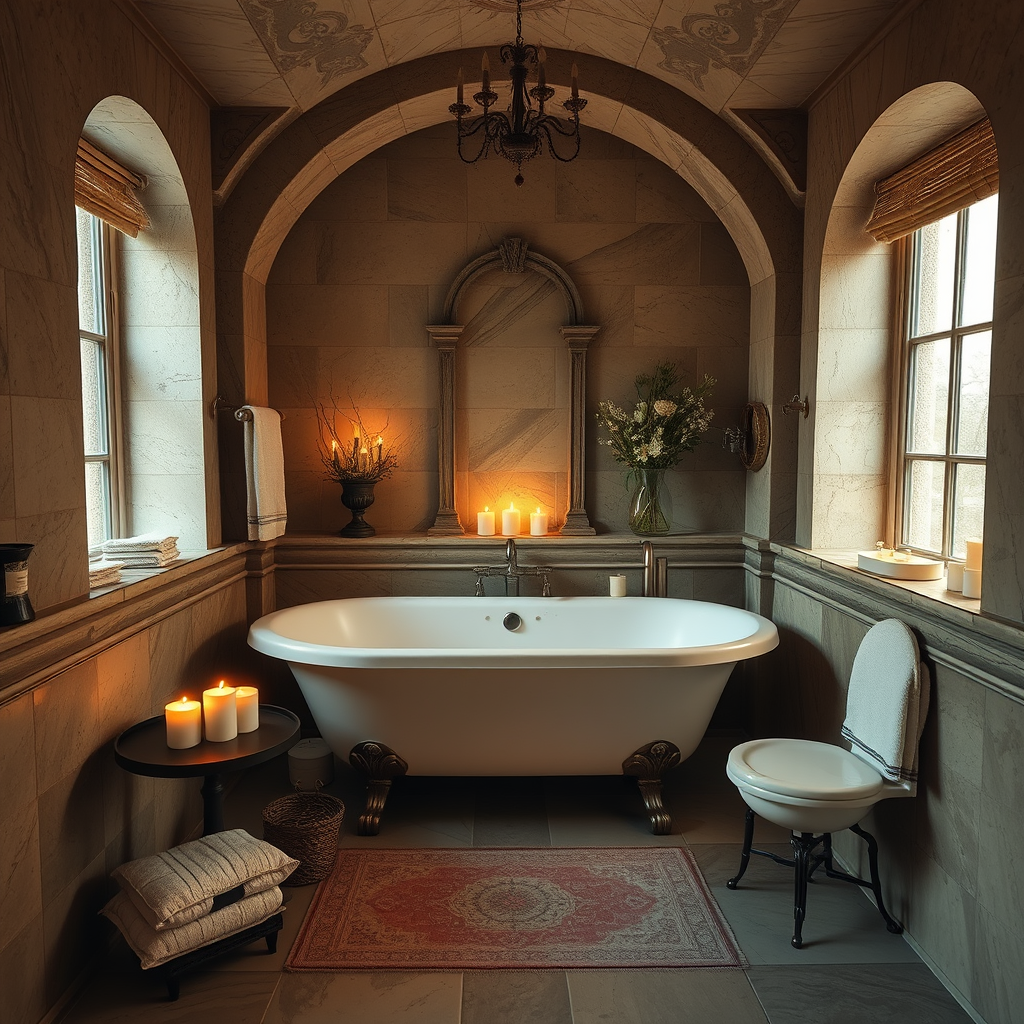Neutral colors are a cornerstone of modern interior design, offering a versatile and timeless palette that can transform any space. From calming beiges to sophisticated grays, neutrals provide a backdrop that can adapt to a variety of styles and preferences. Here’s why incorporating neutral colors into your interior design is a smart choice and how to effectively use them.
**1. Timeless Appeal**
Neutral colors—such as whites, grays, beiges, and taupes—have a classic appeal that transcends trends. Unlike more vibrant hues that may fall out of favor, neutrals remain stylish and relevant over time. This makes them an excellent choice for creating a space that remains elegant and up-to-date without the need for frequent redesigns.
**2. Versatility and Adaptability**
One of the greatest advantages of neutral colors is their versatility. They can easily complement any style, whether you prefer contemporary minimalism, rustic charm, or traditional opulence. Neutral tones provide a flexible foundation that allows you to experiment with different textures, patterns, and accent colors without overwhelming the space.
**3. Enhancing Light and Space**
Neutral colors have the ability to reflect light, which can make a room appear brighter and more spacious. This is particularly beneficial in smaller or dimly lit spaces, where lighter shades can help create an illusion of openness. White and light gray, in particular, are effective at amplifying natural light and making rooms feel airy and expansive.
**4. Creating a Calm Atmosphere**
The subtlety of neutral colors fosters a sense of tranquility and relaxation. Shades like soft beige and muted taupe create a serene environment, ideal for spaces dedicated to rest and rejuvenation, such as bedrooms and bathrooms. By minimizing visual noise, neutral tones can contribute to a calming atmosphere that promotes well-being.
**5. Adding Depth with Textures and Layers**
While neutrals are understated, they are far from boring. The key to maintaining interest in a neutral palette lies in layering different textures and materials. Combining smooth surfaces with textured fabrics—such as velvet cushions, woven rugs, or polished wood—adds dimension and richness to the space. This approach prevents the room from feeling flat and enhances the overall aesthetic.
**6. Flexibility with Accent Colors**
Neutral colors serve as a perfect backdrop for introducing accent colors. Whether you opt for bold hues, metallics, or jewel tones, neutrals allow these accents to stand out without clashing. This flexibility means you can easily update the look of a room by simply changing out accessories or artwork, making it a cost-effective way to refresh your interior.
**7. Maintaining Cohesion**
Using a neutral color scheme helps maintain cohesion throughout the home. When each room features complementary tones, the overall flow of the space feels harmonious. This seamless integration is particularly beneficial in open-plan layouts, where continuity is key to creating a unified and balanced design.
**Conclusion**
Incorporating neutral colors into your interior design offers numerous benefits, from timeless appeal and versatility to enhancing light and space. By layering textures, introducing accent colors, and maintaining a cohesive look, you can create a sophisticated and inviting environment that reflects your personal style while remaining adaptable to future changes. Neutral colors provide a refined foundation for any design vision, ensuring your space remains both elegant and enduring.

